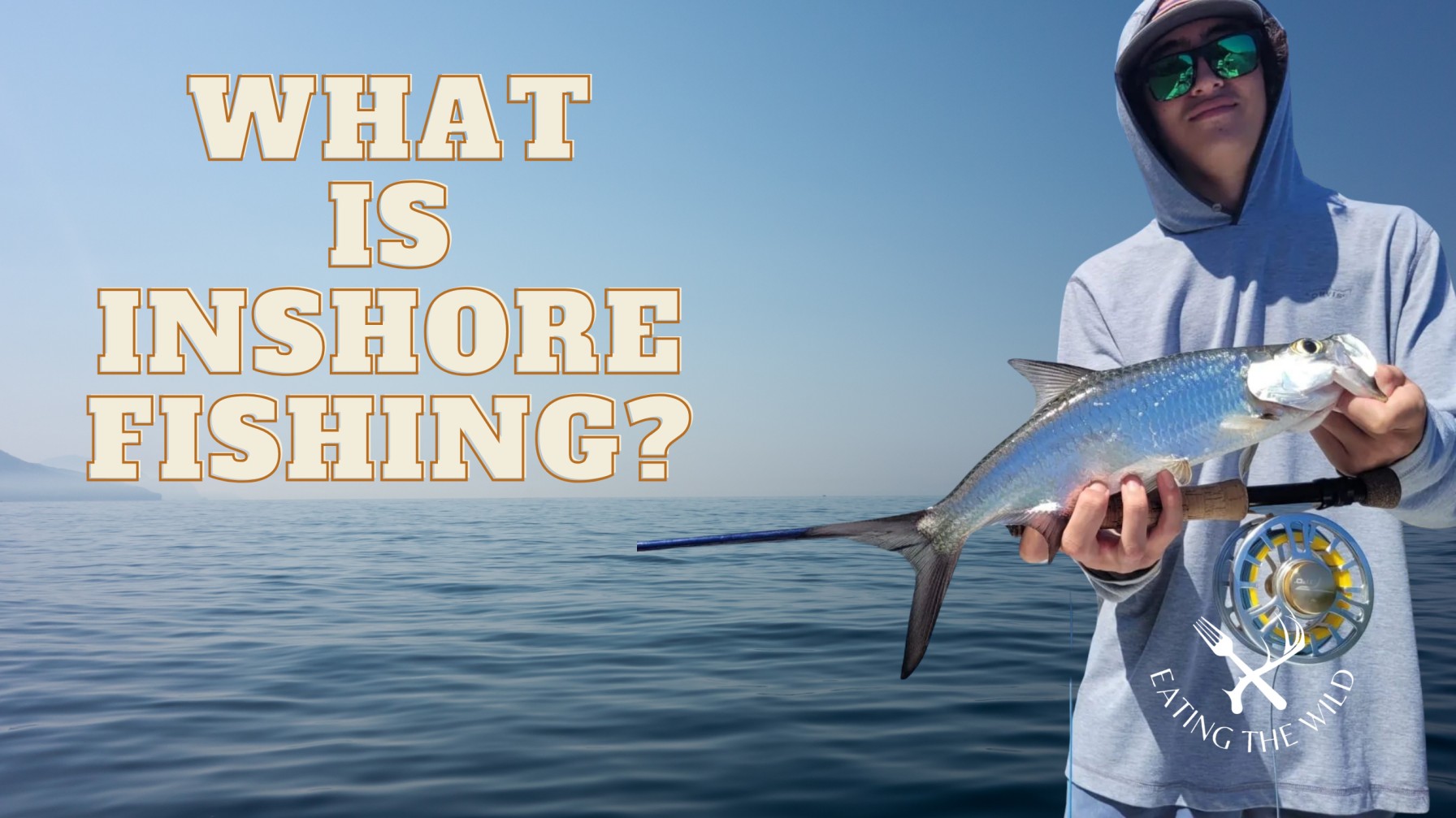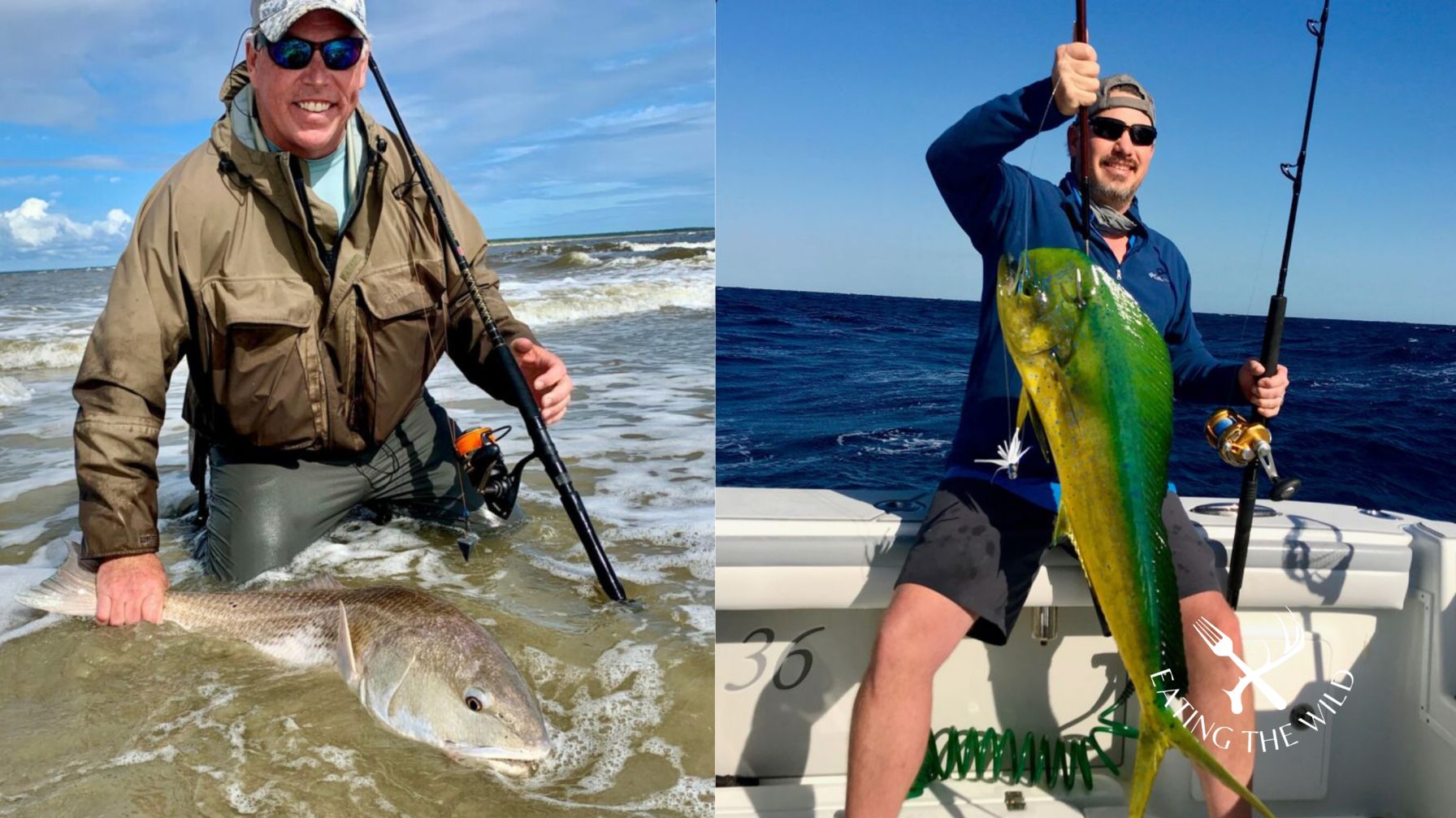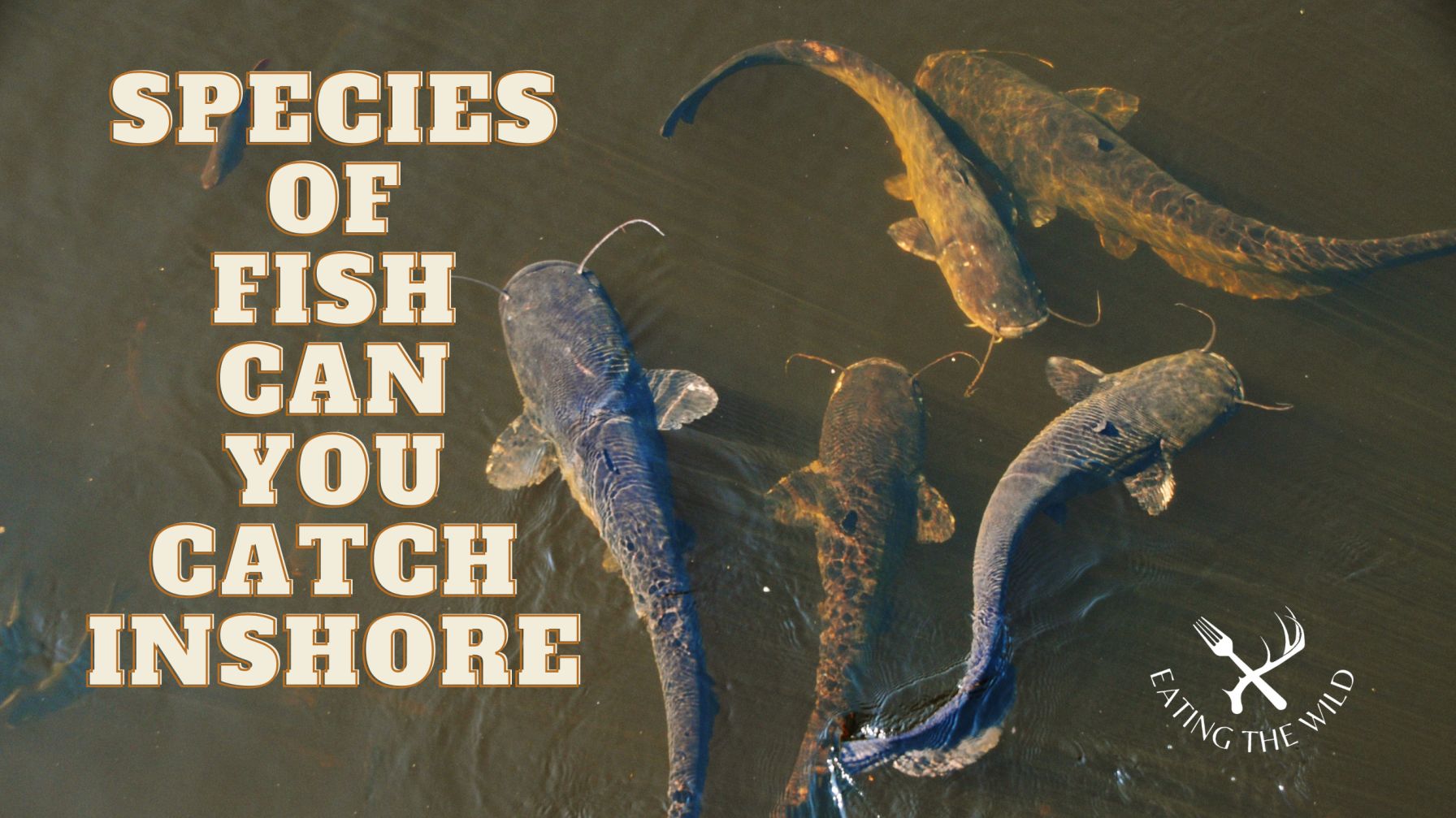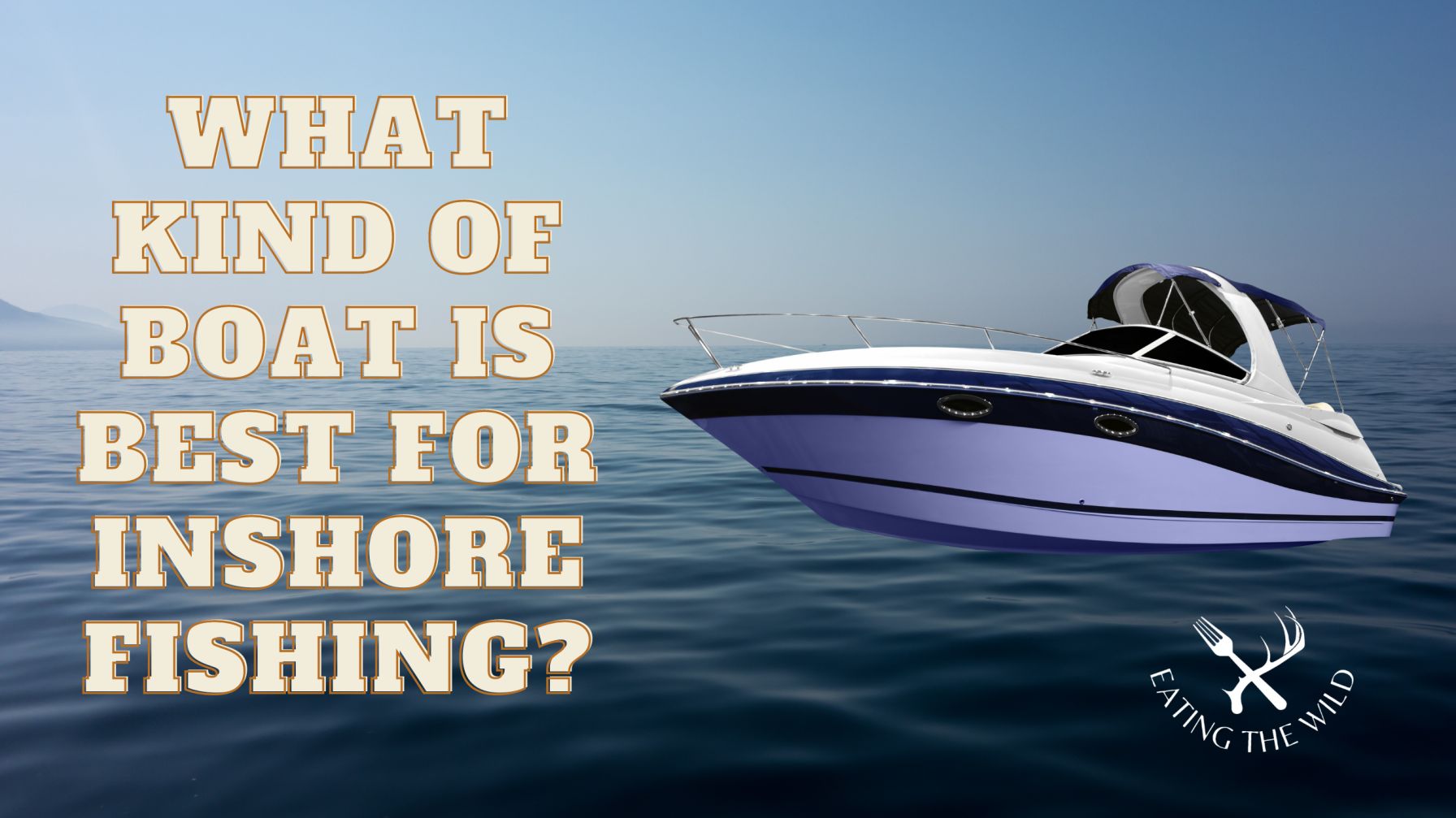
Fishing is an art! It is one of the oldest forms of human adventure and has evolved. There are different forms of fishing, with inshore fishing being one of the most popular forms of experiencing the excitement of waters.
So, what is inshore fishing? The answer varies from area to area; however, fishing that takes place in waters roughly at a distance of 30 meters deep is generally known as inshore fishing. Likewise, it is not about the distance from shore but the depth of the waters that determines inshore fishing.
Let us dive deep into exploring more about inshore fishing.
What does inshore fishing mean?
Inshore fishing is a term used to describe a type of fishing that takes place close to the shores in shallow waters. For instance, if you hear your friend saying, “Let’s move inshore”, it means moving your boat back towards the land.
Inshore fishing is generally done with a small boat, kayak, or wading through waters. Inshore fishing is an ideal option for anglers on a budget as it does not require a large boat or expensive equipment. Moreover, inshore fishing is popular with saltwater fishermen.
What is considered inshore fishing?
Although there is no definite definition of inshore fishing, inshore fishing has two main types – flats fishing and nearshore fishing.
Every fishing exercise covered under the categories mentioned above is considered inshore fishing.
- Flats fishing: A type of inshore fishing done in calm or shallow waters that are less than three meters deep is known as flats fishing. People looking for redfish, bonefish, and tarpon use flats fishing.
- Nearshore fishing: A type of fishing done in waters that are more than three meters down but close to the shore. Anglers use this type of fishing to catch snapper, grouper, or kingfish.
Therefore, any fishing done near shores, without going into deep water, is included within inshore fishing parameters.
What is the Difference between Inshore and Offshore Fishing?

The best way to learn what is inshore fishing is to distinguish it from offshore fishing. As the name indicates, both are opposite and have significant differences.
Here are key differences between inshore and offshore fishing.
- Certain states term inshore as designated, which means you can go inshore fishing without worrying about permits or challans. Contrarily, offshore fishing requires a permit from relative authorities. For instance, Florida state issues Pelagic permits if you intend to go offshore fishing.
- Inshore fishing is always done with land in sight. Therefore, fishing with 60’-90’ and up to 9 miles from the land is categorized as inshore fishing. On the other hand, anything beyond the previously mentioned limits falls under offshore fishing.
- Offshore is mostly out of sight of the land fishing with 100’-300’ and 9 plus miles from the land. However, remember that the human eye can see up to 12 miles, so you can still be offshore fishing while seeing the land.
- The time required for inshore fishing is around 3-4 hours. However, offshore on average requires 6 hours.
- Inshore requires bait, rods, and basic safety equipment. While offshore fishing requires bait, rods, safety equipment, satellite phone, radio, and radar.
- A small-sized boat (up to 7 feet) is sufficient for inshore fishing. However, offshore fishing requires a much larger boat of 30 to 40 feet.
Species of Fish Can You Catch Inshore

Since inshore is experienced close to the shore, therefore, only a certain type of fish becomes available. The type of fishes, that prefer remaining near shores, are more likely to fall prey during an inshore exertion.
The following types of fish are generally caught during a coastal adventure.
- Tarpon
- Redfish
- Snook
- Trout
- Cobia
- Sheepshead
- Whiting
- Pompano
- Snapper
- Grouper
- Permit
- Mackerel
In addition, the type of fish also depends on the area and time of the year. For instance, in winter, you will get trout. Likewise, the water depth also determines the types of fish available during inshore fishing.
Equipment for Inshore Fishing
One of the key ingredients for inshore fishing is to get the right equipment. Since the market is full of fishing equipment, thus choosing the right apparatus is key for successful inshore fishing expeditions.
Here are key equipment to look for while planning an inshore fishing.
- A fishing rod of 6.5 to 7 feet is perfect for an inshore exercise since you will not be going deep into the water.
- A boat that measures 15 to 25 feet suits well for inshore fishing. Likewise, you can spend time in shallow waters during inshore fishing. Therefore, small to medium-sized boats are ideal for this type of fishing.
- Other equipment required during inshore fishing are rust-resistant fishing reels and live bait.
- Life vests are always recommended while landing into waters, whether it is inshore fishing.
- A headlamp is another vital piece of equipment that comes in handy if you are fishing at night or under dim lighting conditions.
- Keep different types of hooks, as these will come in handy while catching a specific type of fish.
- Shrimp lures are mandatory.
- Landing net is another vital part of inshore fishing.
What Kind of Boat is best for Inshore Fishing?

Boating is one of the primary requirements while going fishing. Generally, bay boats and flat boats are preferred for inshore fishing. One of the key factors while selecting a boat for fishing is its draft, or the distance between the keel (bottom of the boat) and the waterline.
Since inshore fishing is done in shallow waters, thus boats sized 17 to 25 feet are traditionally preferred. Moreover, all inshore boats must offer the following features.
- Live baitwells
- Rod storage
- Gear storage
- Special tackle centers
- Fish finders and trolling motors
Furthermore, inshore fishing boats also must have a hydraulically operated mechanical anchor. Likewise, these are either center console or dual console. Therefore, a small-sized boat with a capacity of 3-4 people is the best option for inshore fishing.
Tips for Fishing Inshore
Rivers see new fish enthusiasts every year, but fishing is an art; therefore, there are certain tips which can help people master this art. Here are tips for inshore fishing.
Know the Tides
Understanding the tides will help you better design your fishing place. If you know whether a storm is approaching or not, it will help you plan your trip. Imagine going fishing and returning home without hitting the waters as you learn the water level is low or too high. Therefore, check and understand the tides.
Fish the Bays
The bays are one of the best places for inshore fishing. Since bays provide an excellent shelter against heavy winds, anglers can easily target bigger fish. Boats sized 18 to 22 feet are perfect fits for fishing in bays, as they can withstand heavy winds.
Fish the Bridges
Inshore anglers love fishing from bridges. Generally, small bridges offer better fishing options, especially during a tidal change. Since bigger bridges have deep waters; therefore, they require long rods. Moreover, big bridges have a variety of fish both in kinds and in sizes.
Fish the Canals
Fishing in the canals is another perfect way to enjoy inshore fishing away from heavy winds. Anglers can visit the countryside for canal fishing or businesses like marinas and restaurants. Generally, canals offer dedicated places for fishing and contain rocks and mangroves for better fishing experiences.
Fish the Docks
Fishing in the docks can provide snook, sheephead, and jack crevalle. Docks also support anglers in providing them with dedicated places for fishing inshore. You can use a drop-shot rig with a shrimp to attract fish on docks.
Flats Fishing
Clear waters provide the best opportunity for flats fishing. The most popular catches during flats fishing are bonefish, redfish, sharks, and sea trout. Anglers use push poles to move around shallow waters while inshore fishing.
Fish the Jetties
Jetties provide an excellent opportunity to catch various saltwater fish and large sizes. The best to fish around jetties is when there are tidal changes. Anglers can expect snook, redfish, flounder, and kingfish while fishing in the jetties.
Fish the Mangroves
Mangroves offer a variety of fish in shallow water. Anglers will get snapper, grouper, and redfish around mangroves. High tides are the best time to fish in mangroves, and live baits are more suited for inshore fishing.
Fish the Passes
A pass is a place where water enters a narrow but navigable channel of water, it is also known as a strait. The passage offers an ideal place for inshore fishing. Since fish use this channel to navigate, thus provides an excellent opportunity for anglers to catch speckled trout, redfish, and tarpons.
Small Boats Fishing
Inshore fishing is possible with small boats as the waters are generally shallow. Kayaks, canoes, and SUPs are perfectly suited for this type of fishing. However, weather plays a major role in deciding on a small boat for fishing.
FAQs
What size rod and reel for inshore fishing?
Generally, a rod measures 6’-6.6’, while a reel with 3000-4000 (or 30-40) size reel.
Where Can You Inshore Fish?
Inshore fishing is best done when near offshore, likewise, shallow waters are best suited for this type of fishing.
Conclusion
What is inshore fishing is a popular question among anglers. A type of fishing where anglers go into the waters but not far away in deep waters. Generally, the shore remains visible during an inshore fishing exercise and requires a small-sized boat.
Moreover, you can catch numerous fishes during inshore fishing like trout, redfish, tarpon, and grouper. However, it depends on the water level and season you are inshore fishing.
